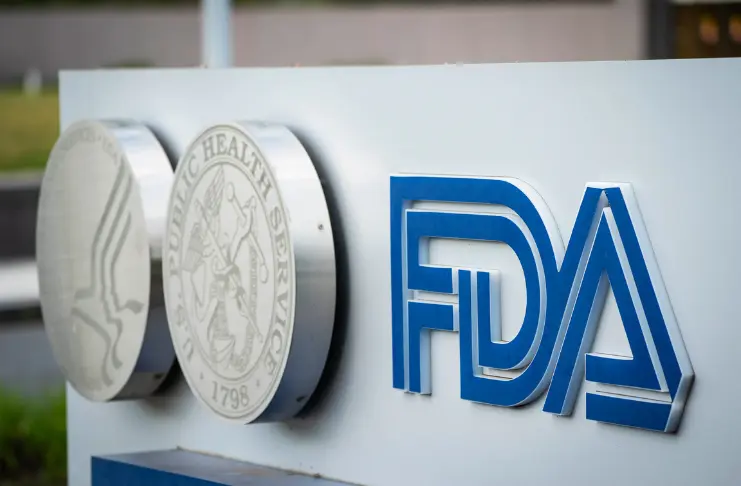The recent mass layoffs at the U.S. Food and Drug Administration (FDA) have raised significant concerns among food industry leaders regarding the agency’s capacity to maintain essential food safety inspections. Approximately 3,500 FDA employees—representing about 20% of the agency’s workforce—were dismissed as part of a broader federal workforce reduction initiated by the Department of Health and Human Services (HHS) under Health Secretary Robert F. Kennedy Jr.
These layoffs have notably impacted the Office of Inspections and Investigations, with around 170 staff members cut, leading to anticipated reductions in routine food and drug inspections. Senior FDA officials have indicated that the agency will prioritize high-risk cases and facilities with known safety concerns, potentially leaving other areas with diminished oversight.
What This Means for the Restaurant Industry
For restaurant operators and food service businesses, the reduction in FDA inspections necessitates a heightened focus on internal food safety protocols. With the likelihood of fewer external audits, establishments must bolster their own compliance measures, including supplier verification, employee training, and adherence to Hazard Analysis Critical Control Point (HACCP) systems.
The National Restaurant Association has expressed apprehension about the potential decline in regulatory oversight. In a statement, the association emphasized the importance of maintaining rigorous food safety standards to protect public health and sustain consumer confidence.
A Risky Time for Emerging Food Models
The staffing reductions at the FDA come at a time when the foodservice industry is witnessing the rapid growth of alternative dining models, such as cloud kitchens and meal delivery services. These models often operate with unique challenges related to food safety and regulatory compliance. The decrease in FDA oversight may exacerbate existing vulnerabilities, making it imperative for these businesses to implement robust internal monitoring systems and seek third-party certifications to ensure food safety standards are met.
Calls for Structural Reform Grow Louder
In response to the FDA’s staffing challenges, industry stakeholders are advocating for measures to mitigate potential risks. These include increased collaboration between the public and private sectors to uphold food safety standards and the exploration of alternative funding mechanisms to support the FDA’s critical functions.
Former FDA Commissioner Dr. David Kessler has labeled the cuts as chaotic and damaging, underscoring the need for a strategic approach to maintain the agency’s operational integrity.
The Bottom Line: Responsibility Is Shifting
With the FDA’s reduced footprint, the rules of engagement in food safety are changing. For restaurant operators, this is no longer just about compliance — it’s about proactivity, brand integrity, and operational resilience.
As the food service landscape becomes increasingly complex and fragmented, staying ahead of safety standards is no longer a government guarantee — it’s a business imperative. Restaurant leaders, tech providers, and supply chain stakeholders must now work in tandem to ensure that public trust doesn’t become a casualty of budget cuts.





